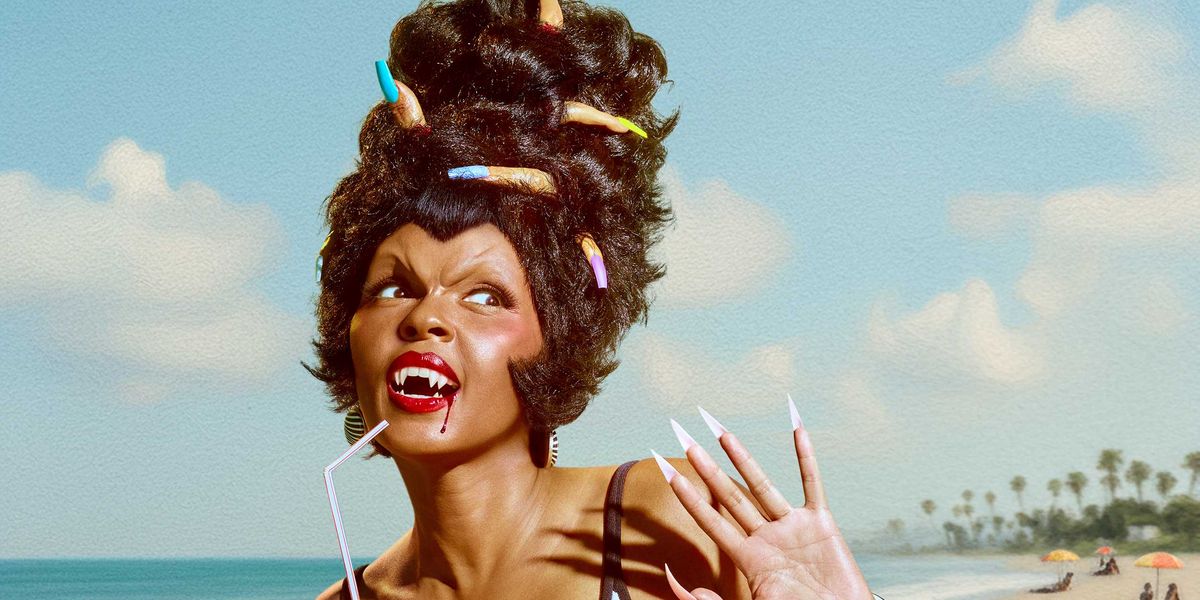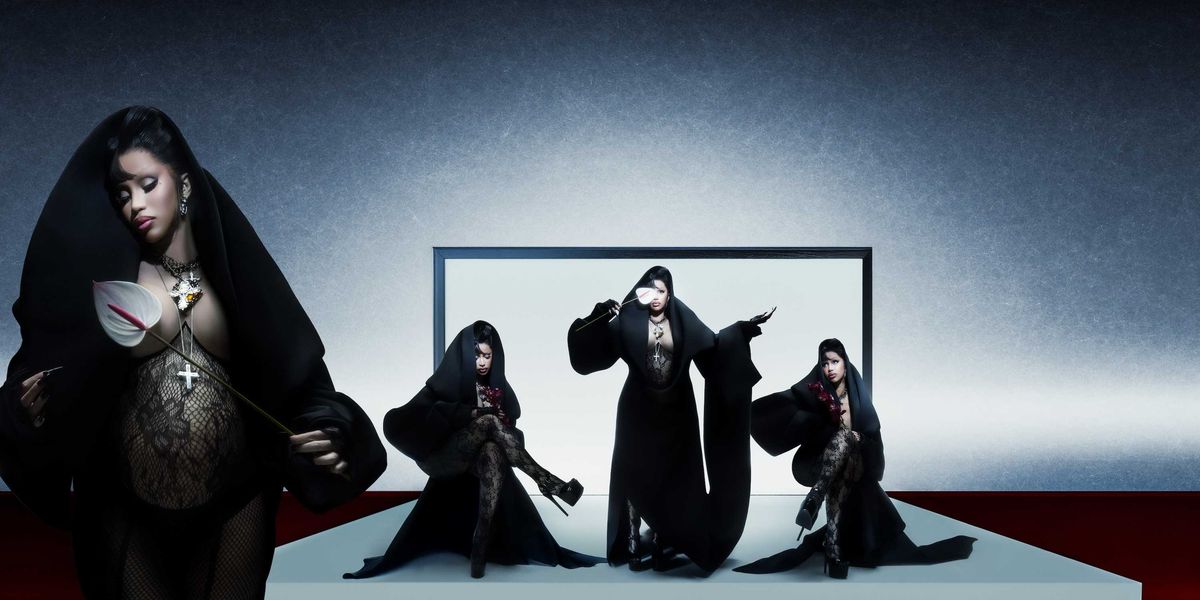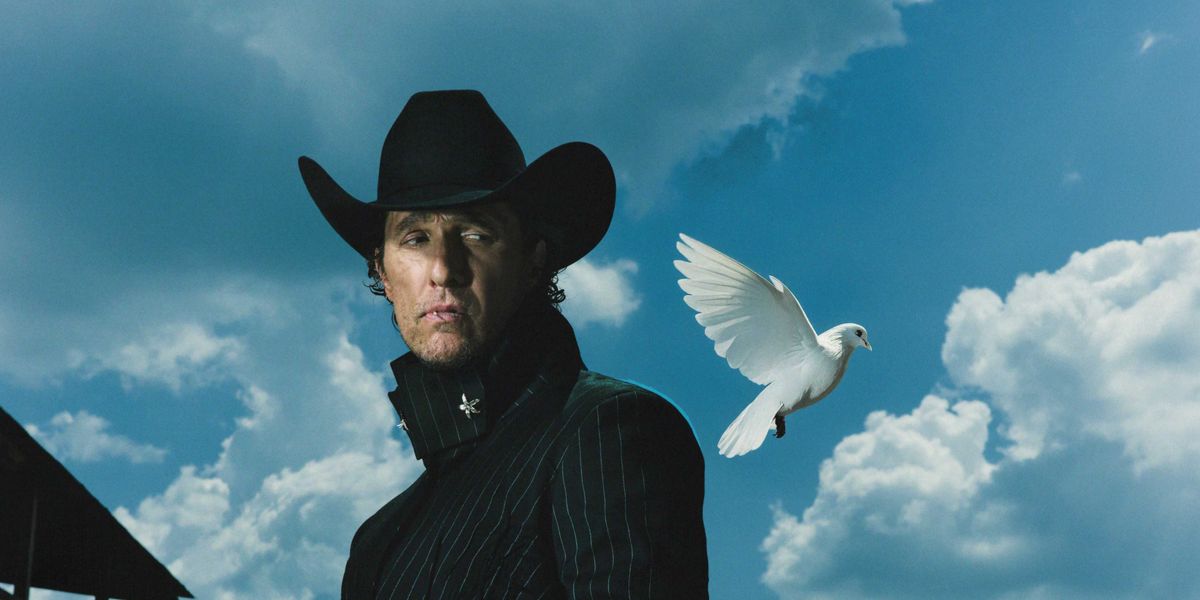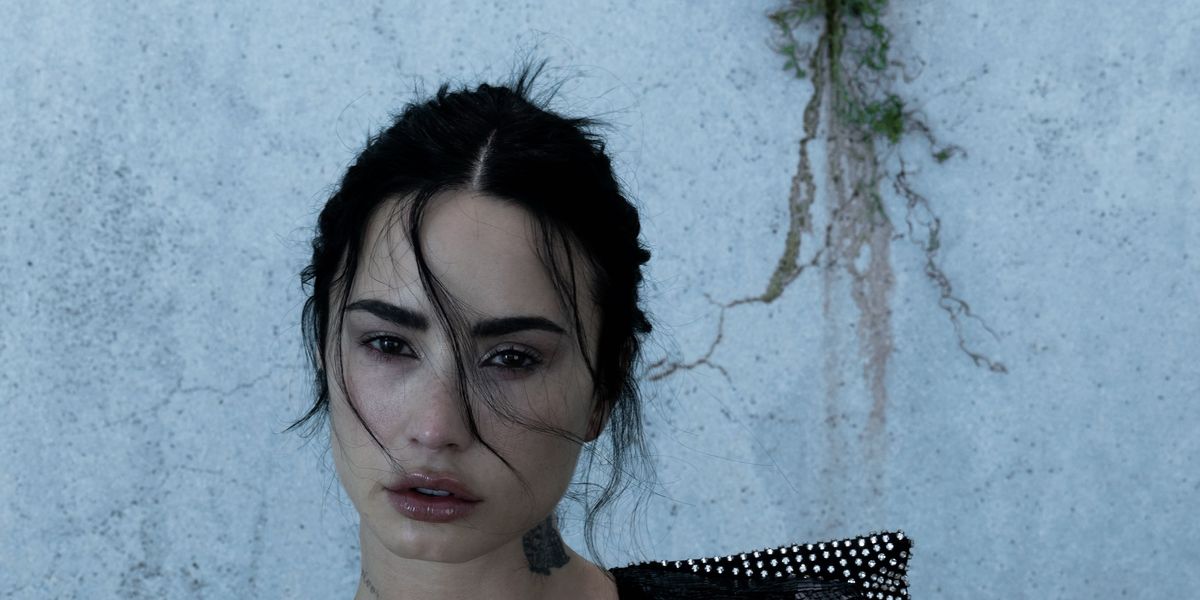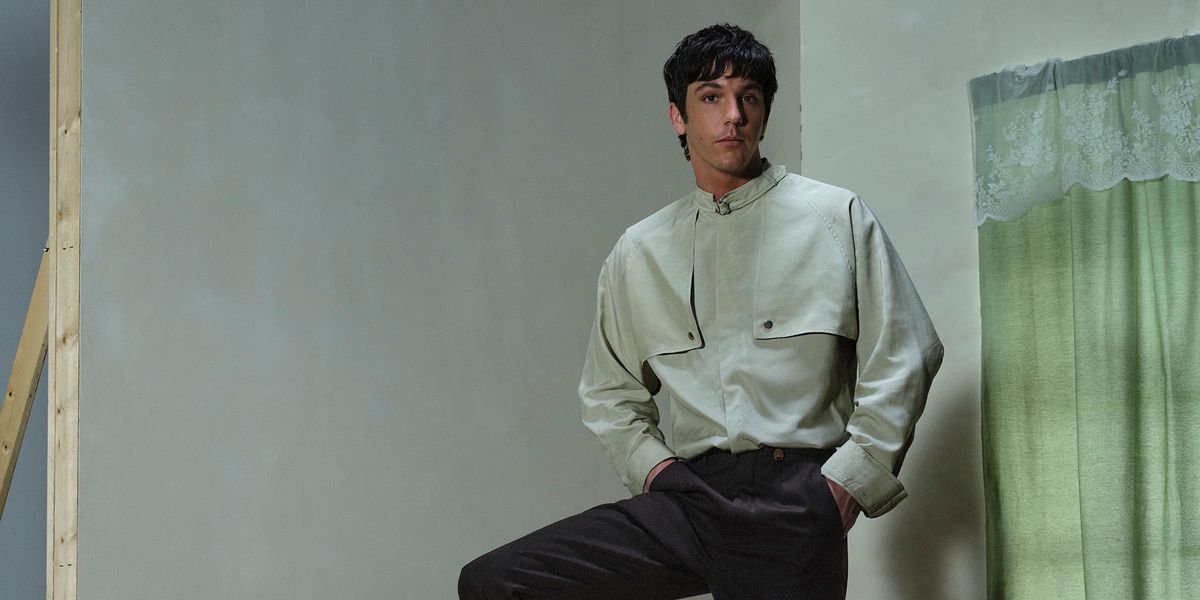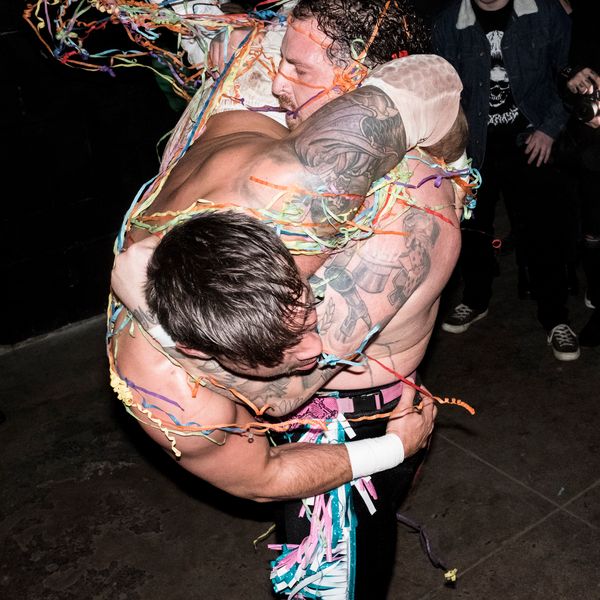
New Fear City's Beloved No-Ring Deathmatches
Story by Annie Lou Martin / Photography by Manda Quevedo
Feb 23, 2024
New Fear City, an indie wrestling promotion hosting full-throttle, no-ring “deathmatches,” has amassed a cult following true to their “come one, come all” attitude. On the Sunday after Valentine’s Day, a line formed around the block at a Brooklyn warehouse for their sold-out “Valentine’s Day Massacre,” an evening of blood, barbed wire, spiked dildos and cupcakes.
When I sat down with New Fear City (NFC) founder and deathmatch wrestler Casanova Valentine, who fought in Sunday’s final match, he paused to pull a gold thumbtack out of his knee. His friend, nightlife promoter and photographer Nick Karp, joked “no glass today.”
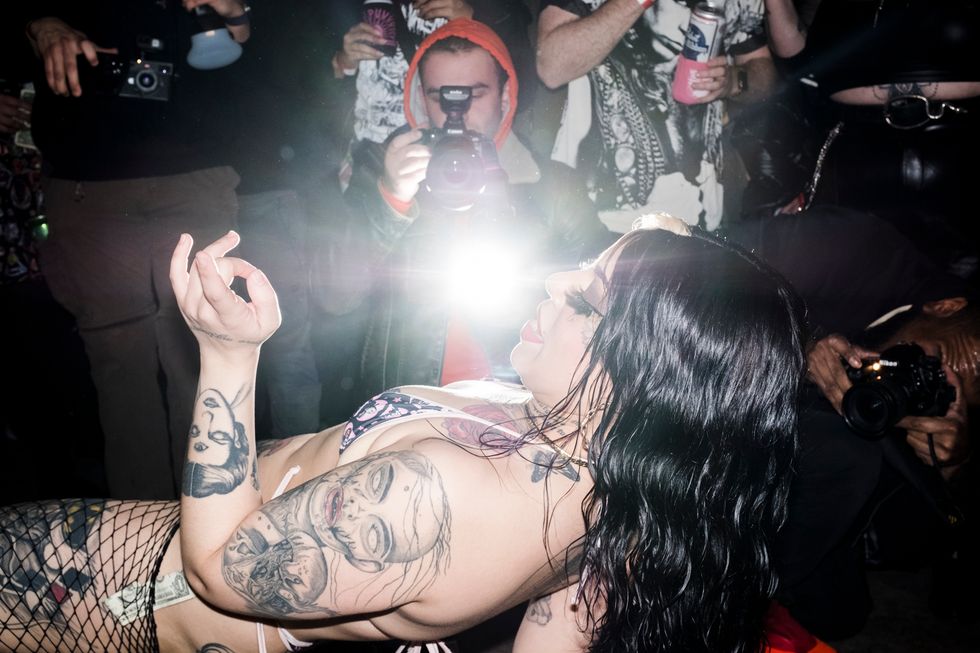
Deathmatches occupy a niche within the wrestling world. While they maintain many of the performative elements typical of the sport, including storylines between characters that span matches, they notably incorporate weapons. For the Valentine’s Day Massacre, these included full-sized doors, chairs, a red rose and a heart-shaped chocolate box full of thumbtacks, spilled across the floor before two brawlers took turns slamming each other into the ground. Add in the “no-ring” element and you find yourself on the fringe of the genre; a place that pushes the physical and mental limits of its performers and creates a unique, wholly electric relationship to the crowd.
NFC is a promotion carving out its own place even within this subculture. Valentine has been a pro wrestler for 11 years and started doing no-ring bar fights in 2016 as a series of art shows, in conjunction with his paintings. For him, this isn’t just “backyard wrestling.” In addition to being highly trained, a necessity given both the proximity to the crowd and the physical intensity of the fights, the NFC wrestlers are performance artists, and they put on a show that could contend with the art world’s most renowned endurance performances.
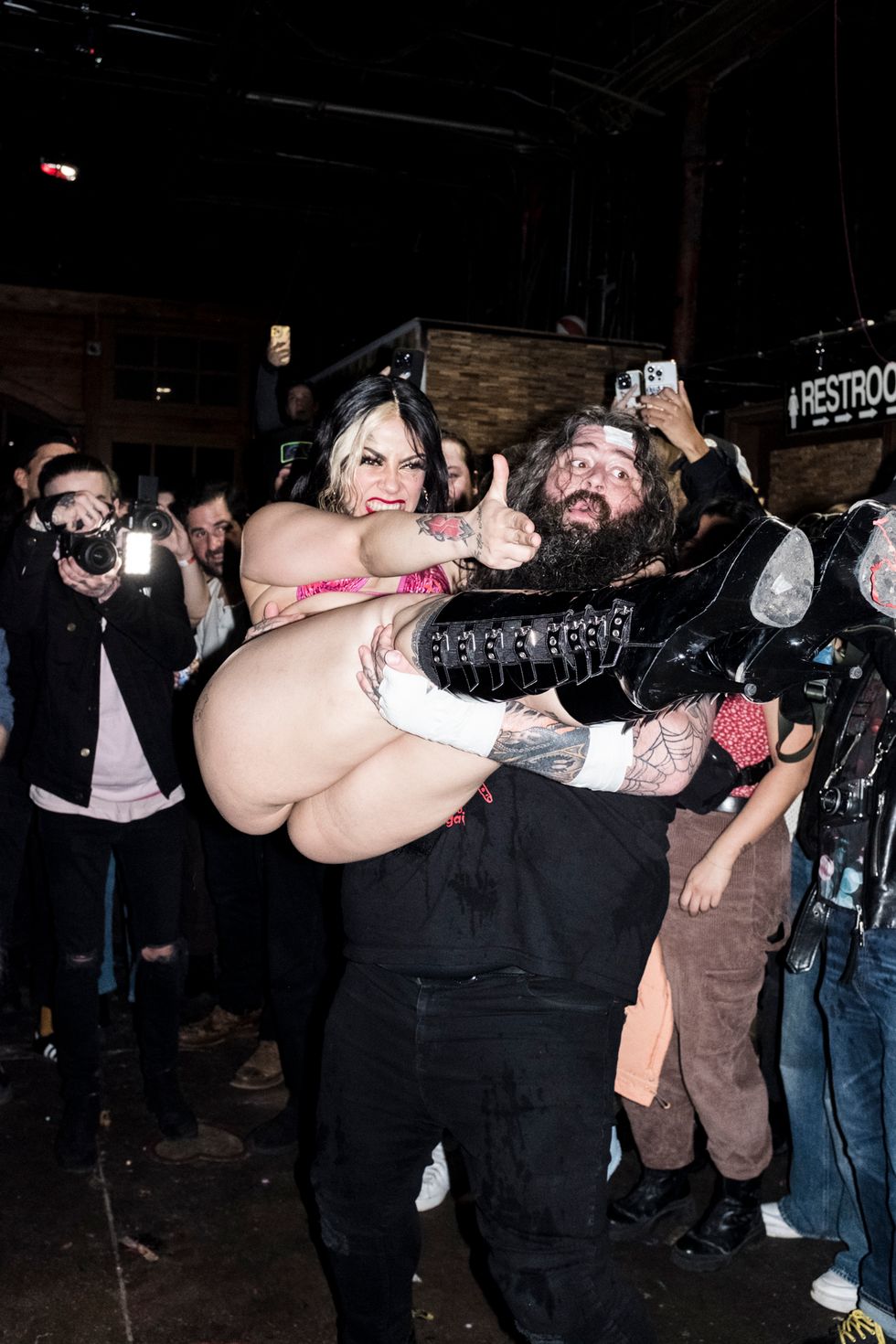
Between fights, a different kind of high-endurance performance takes place: go-go dancing. Artina Darkly has worked as a stripper for more than 10 years and recently joined the roster of New Fear City dancers, who wore jaw-dropping costumes that left little protection between skin and concrete floor. “You don’t know what you’re gonna be putting your body through,” Darkly said, “But you do it for the art, ‘cause it’s what you love to do.”
NFC performers and spectators share a playful, unpretentious spirit and a genuine love for storytelling. “There’s a lot of [storytelling] within wrestling in general, but deathmatch takes it up a couple notches because the stakes are much higher,” says Manda Quevedo, whose photo series “Love Letter to Deathmatch” was on view at Peak Design this past December.
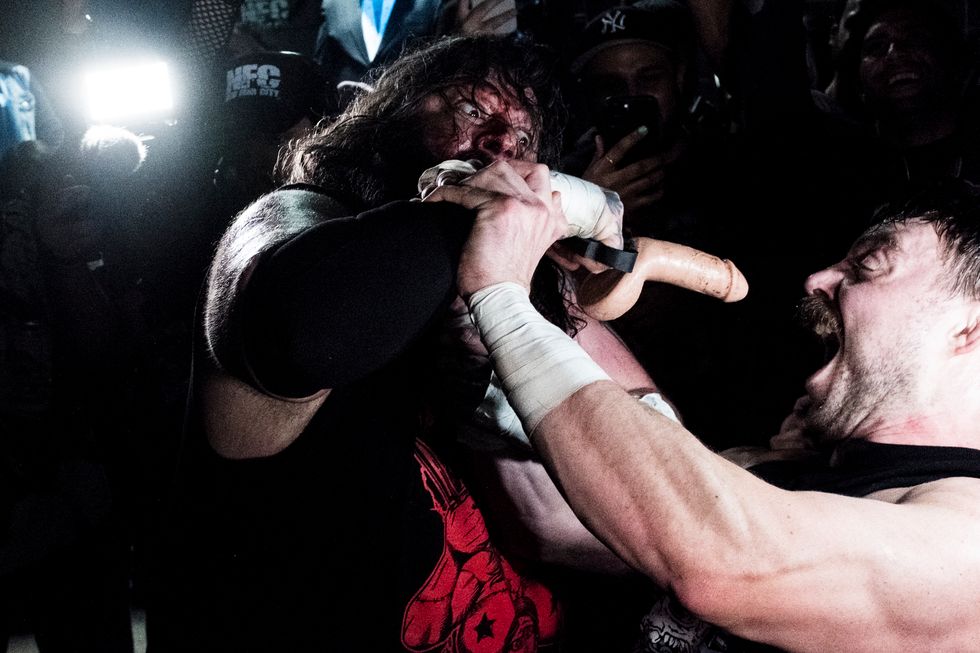
Valentine’s ability to tap into this element of the matches clearly contributes to his popularity. “Psychology matters,” he told me, “even fighting in a bar with a dick.” At one point during his match, he used the NFC dancers as weapons, picking Darkly up to wield her like a lance and charging her pleasers into Coughlin’s neck. When I mentioned this to Darkly, she laughed and said, “That’s the thing I respect about Cass: he’s an artist.”
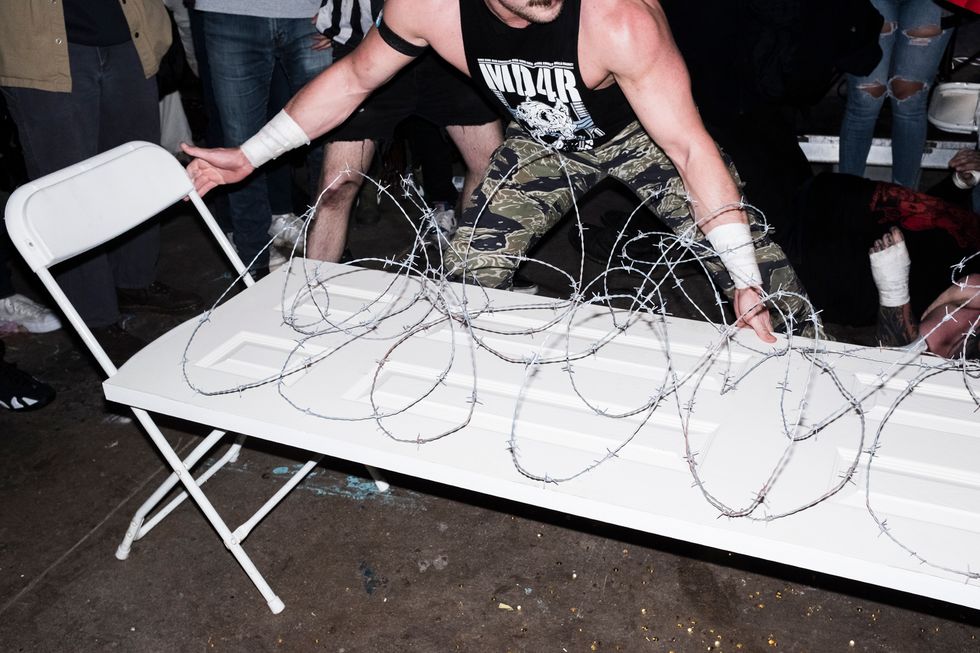
It may seem odd that a spectacle centered around cis-heteronormative modes of hyper-masculinity would also attract fans from subcultures that generally challenge that glorification. But like many queer people, including Darkly, I was drawn to punk and hardcore scenes before explicitly queer spaces. These scenes attract misfits of all varieties, and NFC is no exception.
“It means a lot to me to have spaces like this,” Darkly said, “Because it's like, there's misfits, but there's misfits misfits, you know what I mean? I feel like this is home to the misfit misfit. I'm a queer person of color. I'm a sex worker. It is really fucking nice that I can just be my 100% authentic self here.”
“Everybody's looking out for each other. No matter who you are, you're going to fit in,” Quevedo said. “Wrestling doesn't care who you are.”
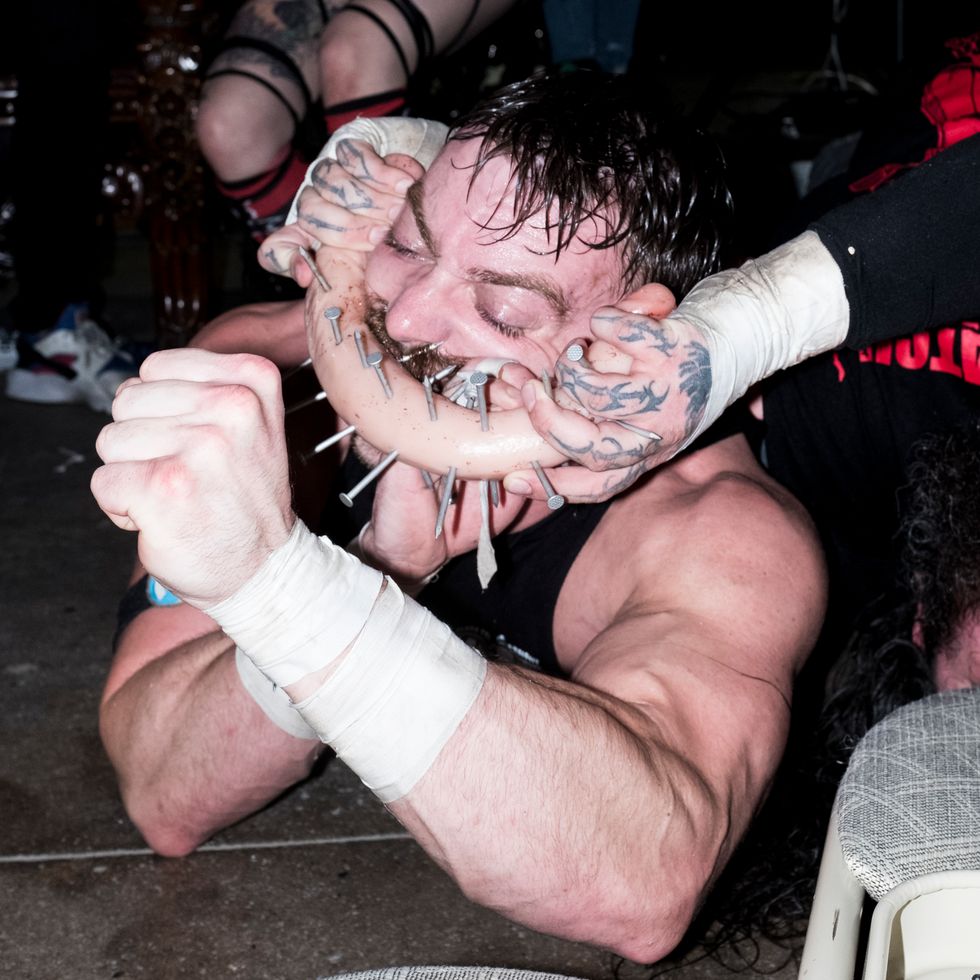
I expected a violent spectacle, with no shortage of big, sweaty men and bonafide blood. My expectations were exceeded and often turned on their head. A wrestler made a dramatic entrance to Britney Spears’ “Gimme More.” In the final match, Valentine and Coughlin grappled with a dildo grafted onto a pair of brass knuckles, both trying, in climactic slow-motion, to shove it in each other’s mouth. As Quevedo succinctly put it: “It's so homoerotic it’s not even funny.”
For Valentine, NFC never set out to be an “inclusive” space: it’s simply baked in. “It's just New York nightlife,” he said, “it's just who our friends are. I would tell my friends, ‘I bet you think [wrestling] is just like, redneck shit that you'd hate, but if I do it in front of you, you're gonna love it.’”
He also offhandedly compared deathmatches to drag shows, which, after attending a match, makes sense. Like drag performance, wrestling draws on a tradition of storytelling and character performance centered around the gendered body. And, like drag, deathmatch wrestling in particular has a way of holding up a mirror to American culture. Where drag often confronts the spectator with their own pre-conditioned notions of sex and gender, deathmatch wrestling confronts the general American spectator with something else that they’ve assimilated into their day-to-day, but still rarely confront: violence.
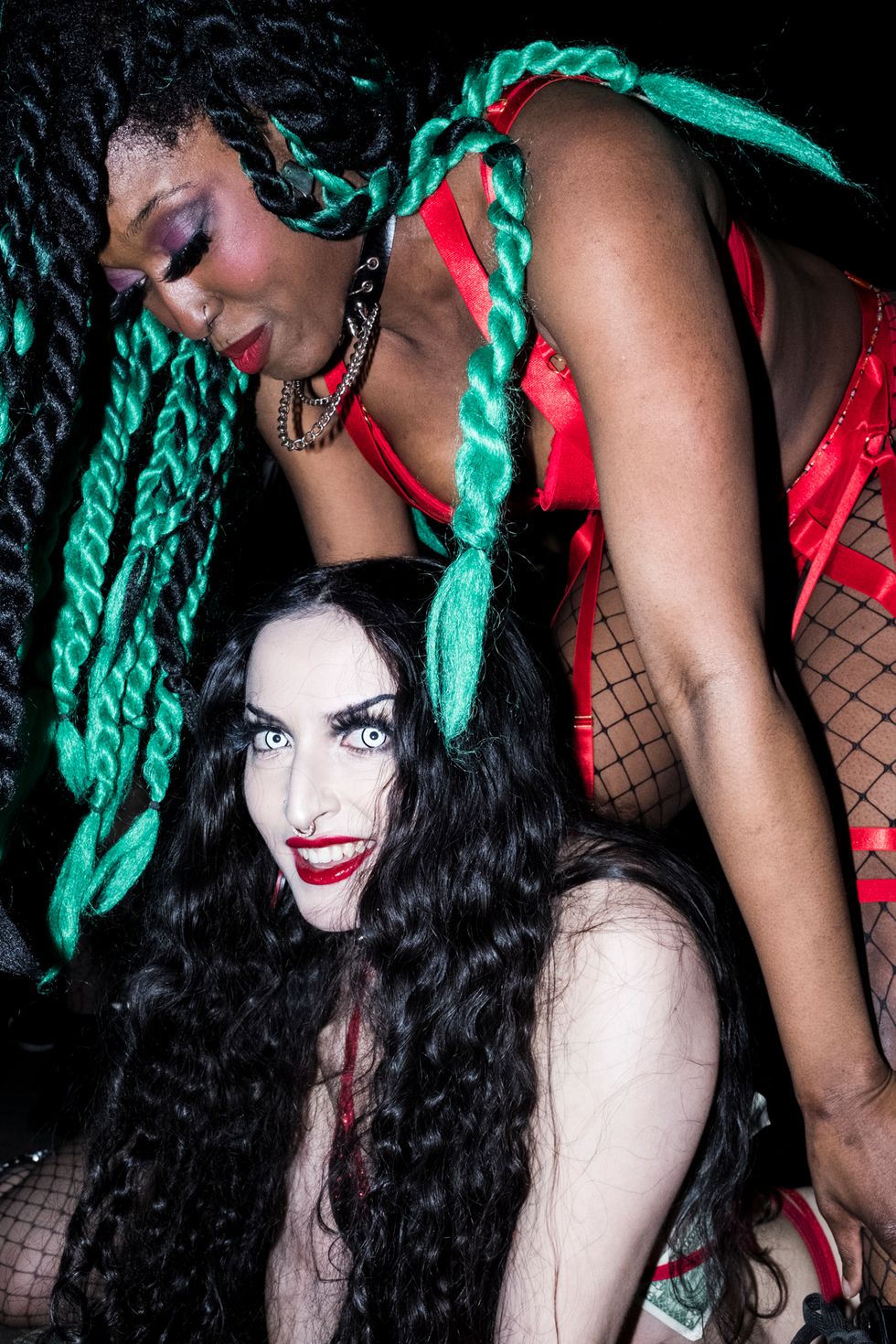
“A lot of people say, ‘Why would you want to go watch people beat the shit out of each other, and like, stab each other with thumbtacks and uncooked pasta?,’” Quevedo joked. “Whether people want to admit it or not, violence is exciting. But once you're there... it’s confrontational, for sure.”
The confrontational element is heightened by the lack of a ring. The audience forms a moving perimeter around the wrestlers, often jostled to safety by the photographers on the frontlines to avoid flying objects and bodies. For Quevedo, this physical openness reflects the essence of the subgenre itself: “Physically, there's no barrier. No one's shutting anybody out. If you want to be here, we're fucking glad that you're here.”
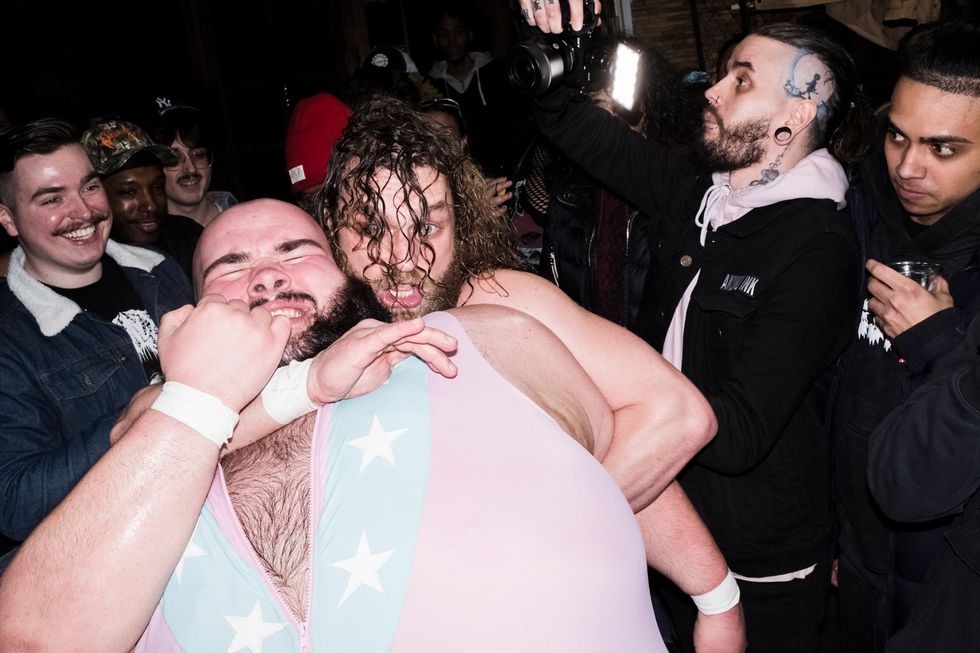
Photography: Manda Quevedo
Related Articles Around the Web
MORE ON PAPER
Music
Janelle Monáe, HalloQueen
Story by Ivan Guzman / Photography by Pol Kurucz/ Styling by Alexandra Mandelkorn/ Hair by Nikki Nelms/ Makeup by Sasha Glasser/ Nails by Juan Alvear/ Set design by Krystall Schott
Story by Ivan Guzman / Photography by Pol Kurucz/ Styling by Alexandra Mandelkorn/ Hair by Nikki Nelms/ Makeup by Sasha Glasser/ Nails by Juan Alvear/ Set design by Krystall Schott
27 October
Music
You Don’t Move Cardi B
Story by Erica Campbell / Photography by Jora Frantzis / Styling by Kollin Carter/ Hair by Tokyo Stylez/ Makeup by Erika LaPearl/ Nails by Coca Nguyen/ Set design by Allegra Peyton
Story by Erica Campbell / Photography by Jora Frantzis / Styling by Kollin Carter/ Hair by Tokyo Stylez/ Makeup by Erika LaPearl/ Nails by Coca Nguyen/ Set design by Allegra Peyton
14 October
Entertainment
Matthew McConaughey Found His Rhythm
Story by Joan Summers / Photography by Greg Swales / Styling by Angelina Cantu / Grooming by Kara Yoshimoto Bua
Story by Joan Summers / Photography by Greg Swales / Styling by Angelina Cantu / Grooming by Kara Yoshimoto Bua
30 September
Music
Demi Lovato Is No Joke
Story by Ivan Guzman / Photography by Jason Renaud / Styling by Chris Horan/ Makeup by Loftjet / Set design by Allegra Peyton
Story by Ivan Guzman / Photography by Jason Renaud / Styling by Chris Horan/ Makeup by Loftjet / Set design by Allegra Peyton
15 September
Music
Role Model Isn’t In Kansas Anymore
Story by Tobias Hess / Photography by Richie Talboy / Styling by Angelina Cantú / Grooming by Jerrod Roberts / Set design by Allegra Peyton
Story by Tobias Hess / Photography by Richie Talboy / Styling by Angelina Cantú / Grooming by Jerrod Roberts / Set design by Allegra Peyton
14 August
